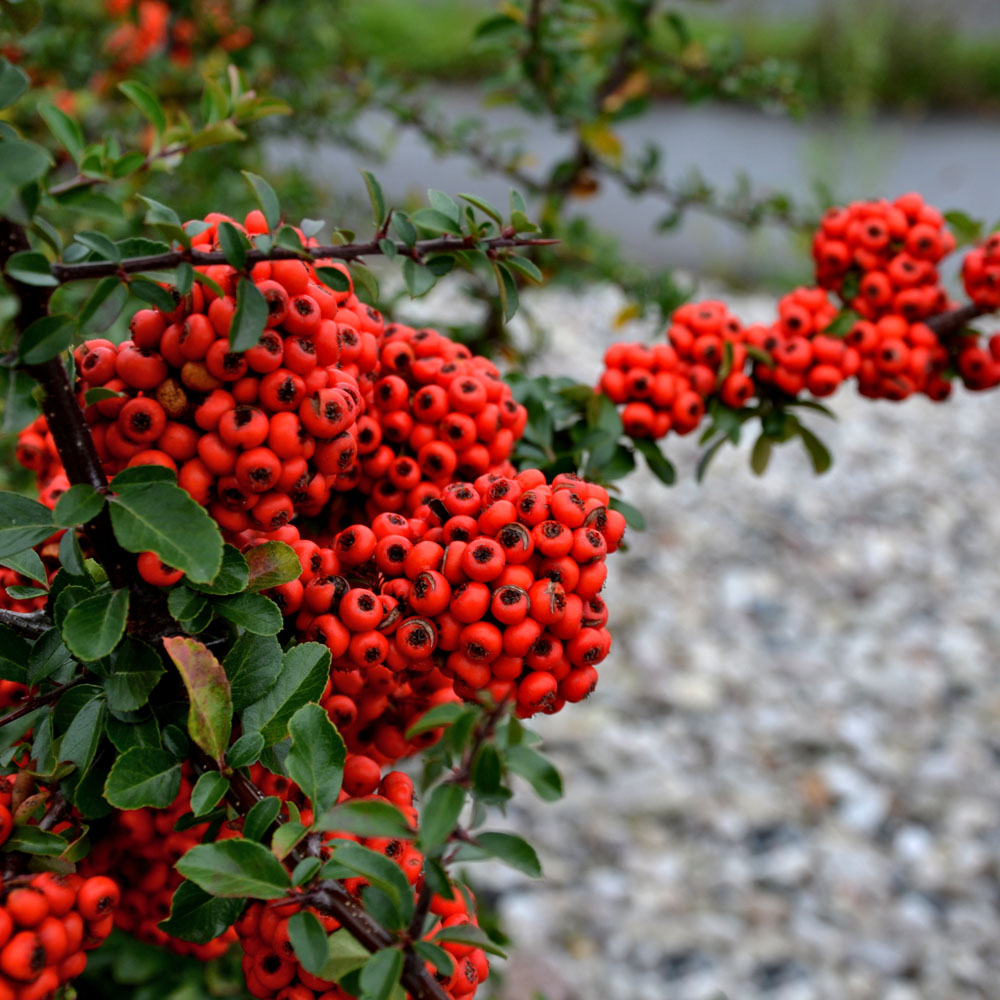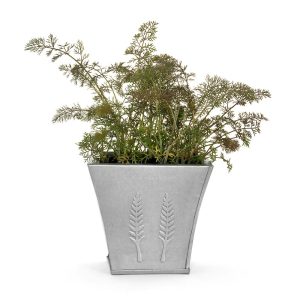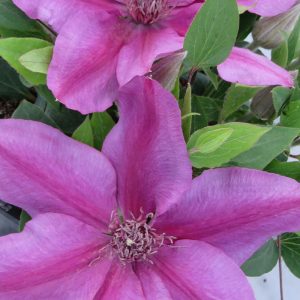Description
Pyracantha are known for their dense, spiny growth habit and showy clusters of small white flowers in the spring. In the fall, they produce bright red or orange berries that persist through the winter and add a pop of color to the landscape. The berries are a valuable food source for birds during the winter months. Pyracanthas are often used as hedging plants and are prized for their ability to grow in difficult locations, such as dry, rocky soil and urban environments. They also make great topiary subjects due to their dense growth habit.
Key Facts
- Common Name(s):Firethorn ‘Red Star’
- Hardiness:Fully hardy
- How big will I get? Pyracantha coccinea ‘Red Star’ can grow to a height of 3m and a spread of 3m.
- Did You Know That:The shrub has thorny branches, which makes it an excellent choice for a natural barrier or hedge?
Plant Calendar
A rough guide to how this plant will change through the year.
| Jan | Feb | Mar | Apr | May | June | July | Aug | Sept | Oct | Nov | Dec | |
| Flowering Time | 
| 
| ||||||||||
| Foliage Colour |  |
 |
 |
 |
 |
 |
 |
 |
 |
 |
 |
 |
| J | F | M | A | M | J | J | A | S | O | N | D |

| 
| ||||||||||
 |
 |
 |
 |
 |
 |
 |
 |
 |
 |
 |
 |
Care Guide

Soil Requirements
Pyracantha coccinea ‘Red Star’ prefers moist but well-draining soil. This plant is not tolerant of acidic soil, it requires either a neutral or alkaline soil to grow.

Best Position
Pyracantha coccinea ‘Red Star’ prefers a sheltered position and can cope with either full sun or partial shade.

Maintenance
Pyracantha coccinea ‘Red Star’ is fairly low maintenance and doesn’t require any pruning.

Pest, Diseases and Wildlife
Pyracantha coccinea ‘Red Star’ can have problems with aphids, caterpillars, and scale insects, it can be vulnerable to certain diseases such as honey fungus. It is also known to attract bees, birds and other pollinators. It is considered to be toxic.





